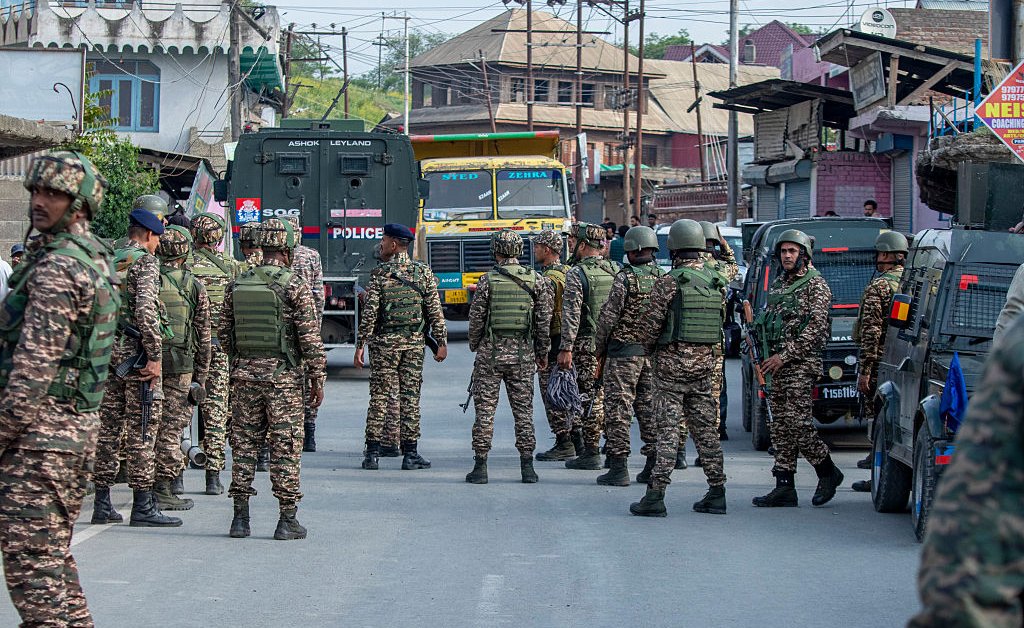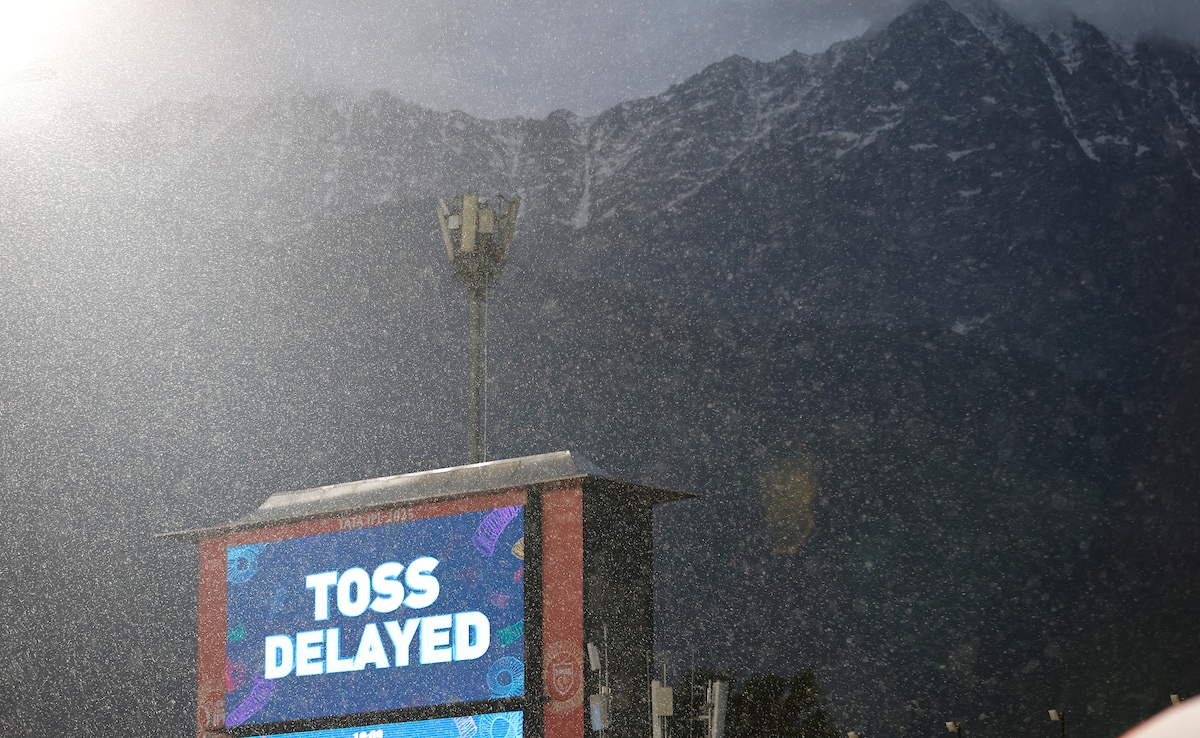Understanding The India-Pakistan Conflict: A Chronological Look At Kashmir

Welcome to your ultimate source for breaking news, trending updates, and in-depth stories from around the world. Whether it's politics, technology, entertainment, sports, or lifestyle, we bring you real-time updates that keep you informed and ahead of the curve.
Our team works tirelessly to ensure you never miss a moment. From the latest developments in global events to the most talked-about topics on social media, our news platform is designed to deliver accurate and timely information, all in one place.
Stay in the know and join thousands of readers who trust us for reliable, up-to-date content. Explore our expertly curated articles and dive deeper into the stories that matter to you. Visit Best Website now and be part of the conversation. Don't miss out on the headlines that shape our world!
Table of Contents
Understanding the India-Pakistan Conflict: A Chronological Look at Kashmir
The Kashmir conflict, a simmering powder keg in South Asia, is a complex and deeply rooted issue that continues to shape the relationship between India and Pakistan. Understanding its intricacies requires looking beyond headlines and delving into its historical timeline. This article offers a chronological overview of the conflict, focusing on the key events that have defined the dispute over Kashmir.
The Seeds of Conflict: Partition and the Princely States (1947-1948)
The partition of British India in 1947, creating the independent states of India and Pakistan, left the fate of several princely states, including the Kingdom of Jammu and Kashmir, undecided. Kashmir's Maharaja, Hari Singh, initially chose to remain independent. However, this precarious neutrality was shattered by a tribal invasion from Pakistan-administered territories in October 1947. Facing imminent collapse, Maharaja Hari Singh signed the Instrument of Accession, joining Jammu and Kashmir to India in exchange for military assistance. This accession, while legally sound according to the Instrument of Accession, remains a point of contention for Pakistan, which claims the region based on its Muslim majority population.
The First Kashmir War (1947-1949):
The ensuing First Kashmir War saw Indian and Pakistani forces clashing, with the conflict ultimately resulting in a ceasefire mediated by the United Nations. The ceasefire line (later formalized as the Line of Control or LOC) divided Kashmir, leaving approximately two-thirds under Indian control (Jammu and Kashmir) and one-third under Pakistani control (Azad Kashmir and Gilgit-Baltistan). The UN Security Council resolutions called for a plebiscite to determine the will of the Kashmiri people, a promise that remains unfulfilled.
The 1965 War and the Simla Agreement (1965-1972):
The 1965 war, sparked by cross-border infiltration and escalating tensions, further solidified the division of Kashmir. While neither side achieved decisive victory, the conflict further entrenched the existing boundaries. The Simla Agreement of 1972, signed after the 1971 war, formalized the Line of Control as the de facto border, emphasizing peaceful resolution of disputes.
The Kargil War (1999):
The Kargil War, a significant escalation in the conflict, saw Pakistani-backed militants infiltrate Indian-controlled Kashmir. The ensuing military confrontation resulted in a significant loss of life on both sides. This conflict underscored the enduring fragility of peace in the region and highlighted the continued role of non-state actors.
The Current Situation and Ongoing Tensions:
Despite various attempts at dialogue and peace initiatives, the Kashmir conflict remains a major source of tension between India and Pakistan. The revocation of Article 370 by India in 2019, which granted special autonomous status to Jammu and Kashmir, further exacerbated tensions and led to renewed calls for international intervention. The situation remains volatile, with regular ceasefire violations along the LOC and ongoing concerns about human rights and security.
Understanding the complexities:
The Kashmir conflict is multifaceted, encompassing historical grievances, geopolitical rivalries, and religious dimensions. It's crucial to consider the perspectives of all stakeholders, including the Kashmiri people themselves, to achieve a comprehensive understanding of this enduring dispute. Further research into the roles played by external actors, the impact of terrorism, and the humanitarian consequences of the conflict is essential for navigating this complex issue.
Moving Forward:
Finding a lasting solution to the Kashmir conflict requires a commitment from both India and Pakistan to engage in meaningful dialogue, address the underlying concerns of the Kashmiri people, and prioritize peaceful resolution over military confrontation. Continued international engagement and pressure will be crucial in facilitating a path towards lasting peace and stability in the region.
Keywords: India-Pakistan Conflict, Kashmir Conflict, Line of Control (LOC), Jammu and Kashmir, Azad Kashmir, Gilgit-Baltistan, Partition of India, 1947, 1965 War, Kargil War, Simla Agreement, Article 370, UN Security Council, Plebiscite, South Asia, Geopolitics.

Thank you for visiting our website, your trusted source for the latest updates and in-depth coverage on Understanding The India-Pakistan Conflict: A Chronological Look At Kashmir. We're committed to keeping you informed with timely and accurate information to meet your curiosity and needs.
If you have any questions, suggestions, or feedback, we'd love to hear from you. Your insights are valuable to us and help us improve to serve you better. Feel free to reach out through our contact page.
Don't forget to bookmark our website and check back regularly for the latest headlines and trending topics. See you next time, and thank you for being part of our growing community!
Featured Posts
-
 Delhi Capitals Vs Punjab Kings Live Score Ipl 2025 Match At Dharamshala
May 09, 2025
Delhi Capitals Vs Punjab Kings Live Score Ipl 2025 Match At Dharamshala
May 09, 2025 -
 The Time 100 2025 Examining The Impact Of The Years Most Influential People
May 09, 2025
The Time 100 2025 Examining The Impact Of The Years Most Influential People
May 09, 2025 -
 The Contenders Examining Cardinal Tagles Chances Of Becoming Pope
May 09, 2025
The Contenders Examining Cardinal Tagles Chances Of Becoming Pope
May 09, 2025 -
 Completely Against Type Rebel Wilson On Motherhood And Career Choices
May 09, 2025
Completely Against Type Rebel Wilson On Motherhood And Career Choices
May 09, 2025 -
 Meet Jordon Hudson The Woman Behind Bill Belichicks Success And Miss Usa Dreams
May 09, 2025
Meet Jordon Hudson The Woman Behind Bill Belichicks Success And Miss Usa Dreams
May 09, 2025
